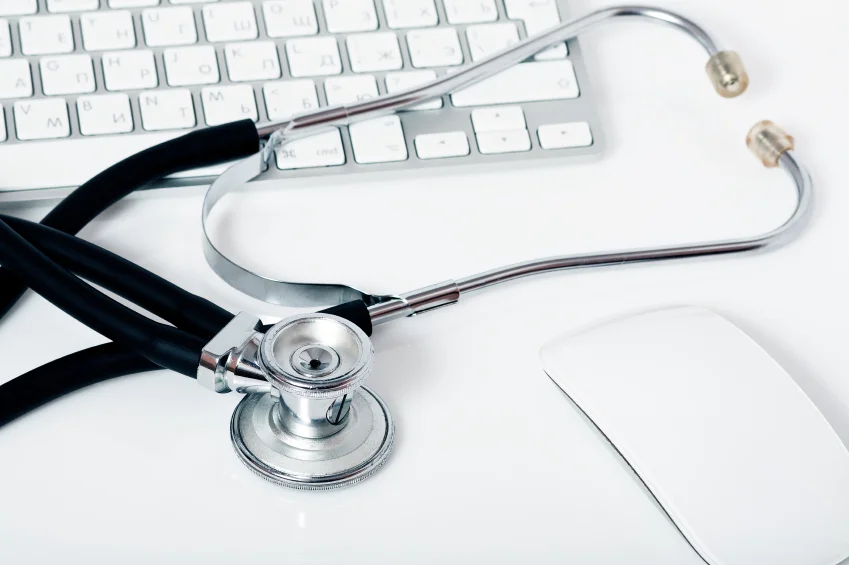Transition to Electronic Medical Records: try gradual transition starting with fax server
/Many ophthalmologists resist switching to an Electronic Medical Record (EMR) because they dread the much hyped slow-down in patient flow by 25-33%. First, we need to qualify this statistic and should discuss the difference between a sudden transition and a more gradual approach.
It is true that when it comes to data entry for a patient encounter, nothing is faster than pen on paper. However, the time savings in generating your letters back to referring physicians, tracking prescriptions, and being able to actually read your chart entries far outweighs the initial time investment in the patient encounter. It should be noted that once you and your team become more familiar with your EMR, that entering the patient encounter will actually not take any longer than using pen and paper. However, until everyone is up to speed, you will need to cancel 25-33% of your patients for at least 1-3 month period.
Making the transition to an EMR does not have to be an all or none approach at the outset. There are many features which you can implement and save the patient encounter portion for last. In my practice, I found the most important things to get up and running that resulted in improved efficiency were scheduling, billing, linking of test results, and fax services. Yes, funny that in this day and age in medicine we still rely so much on something as antiquated as faxing, but having this on a server is a hugh improvement over paper.
With a fax server, all your faxes come and go electronically. In addition to this saving trees, it allows you to store the faxes for easy retrieval within your patients' record. If you are running any of the Server version of Windows OS, there is a fax server built into the operating system. In addition, certain fax machines including ones by Brother and HP allow incoming faxes to be saved as PDF files on your server instead of printing them on paper.
All our incoming consult requests arrive via the fax server. Our EMR has a 'documents' folder which is simply mapped to the folder on the server that all the faxes go to. Our triage nurse reviews the consult request and arranges, sometimes with the assistance of our office manager, to book the patient to be seen in consultation and is able to specify how soon and with which ancillary tests. This faxed consult request gets stored in the EMR under that patient's newly created record.
The outgoing faxes in our office are all coming from our EMR. For example, consult reports that are generated are simply faxed out to the referring doctors with copies to the family doctor. It is easy to attach copies of pertinent test results such as visual fields as copies of these are all stored in each patient's record as well.
Future articles will deal with scheduling, billing, lab results and other aspects of implementing electronic medical records. Your comments are always appreciated.

